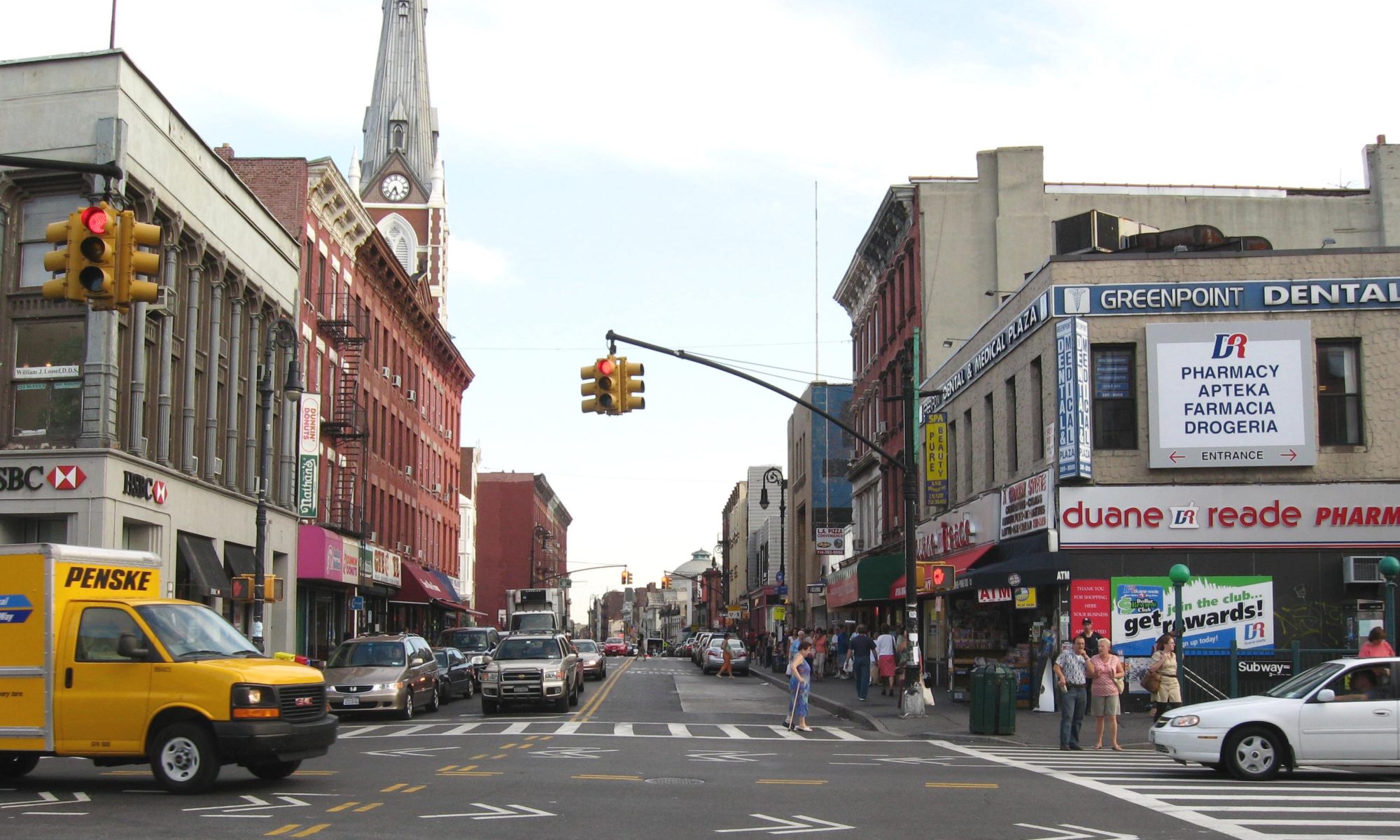
By JACK DELANEY | jdelaney@queensledger.com
“No more kicking the can,” said Mayor Eric Adams in 2023, as he announced two initiatives to fix the BQE Triple Cantilever, a distressed stretch of highway that runs underneath the Promenade in Brooklyn Heights.
Yet in a letter sent to Deputy Mayor Meera Joshi last Monday, five elected officials whose districts encompass the site are alleging that Adams has been doing just that: punting the issue.
At the heart of the matter is the question of whether to act sooner to repair the cantilever in a limited capacity, or to wait until a long-term solution — likely a complete redesign — can be implemented.
Endorsing the latter approach, the mayor’s office and Department of Transportation officials have argued that a short-term remedy would expend the political capital necessary for a lasting overhaul, stalling the project indefinitely.
But the recent letter, signed by Councilmember Lincoln Restler, Assemblymember Jo Anne Simon, Senator Andrew Gounardes, and Congress Members Dan Goldman and Nydia Velazquez, argues that the process of determining a permanent fix has already stretched on too long, and a stopgap measure is badly needed to ensure the highway is safe.
“Considering the importance of federal funding for this project and the orientation of the incoming Trump administration toward New York City and the general uncertainty at City Hall,” Restler wrote in an email, “it is not clear that the Adams administration’s plans remain viable.”
“We need an alternative option that protects and preserves the safety of the highway and our community for the foreseeable future, while we work to craft longer term solutions for the whole BQE corridor,” he said. “Implementation of a stabilization plan to extend the lifespan of the Triple Cantilever would create time for city, state and federal governments to achieve new strategies to divert freight and reduce trucks and cars on this highway.”
The cantilever was constructed in the 1940s, and renovations were floated in 2006 during a planning workshop organized by state officials. In 2018, Mayor Bill De Blasio’s team pitched a temporary six-lane highway that would have run parallel to the Promenade, which would have been closed for up to six years. Needless to say, Brooklyn Heights residents weren’t pleased, and the proposal withered.
Mayor Adams has picked up where De Blasio left off, but has encountered roadblocks of his own: per amNewYork, in January the Biden administration rejected a request for $800 million to redo the cantilever. The deliberations over the correct design have plodded on regardless, with DOT holding forums to gather community input, the most recent of which occurred last week.
At this month’s Brooklyn Community Board 2 full board meeting, some members who had attended the latest info sessions were just as leery as Restler of DOT’s promises for a long-term solution.
“You heard the councilman mention the BQE — we learned last night that they’re starting the clock again on the two-year study to come up with a plan,” said Sidney Meyer, chairperson of CB2’s Transportation & Public Safety Committee. “Now, most of us have been involved with the same two-year plan, beginning in the year 2000. It’s the same two years, where they’ll study all the alternatives, at the end of which they’ll propose whatever they’re going to propose. I would urge you to be vigilant about what’s going to happen there.”
In 2020, a report by leading transportation experts concluded that the BQE was deteriorating faster than expected, in part due to the presence of overweight trucks. The triple cantilever was especially degraded, it noted, and needed repairs “immediately.”
While the report warned that sections of the road could become “unsafe and unable to carry existing levels of traffic within five years,” it also specifically rejected any proposals for a temporary highway near the Promenade, instead endorsing a refurbished four-lane structure.
Ultimately, almost all the stakeholders involved seem to agree that a major overhaul is needed, and soon. Why then, many residents like Meyer ask, has it taken more than 20 years to arrive at yet another impasse?
The fault for continual setbacks to the BQE project may not belong to DOT and Gracie Mansion alone. As Christopher Bonanos, New York Magazine’s city editor, wrote in June, “digging up half of Brooklyn for the once-in-a-century chance to finally fix the BQE and, in turn, build a better city, would require a level of misery tolerance that has come to seem unimaginable.” He noted that the best choice could be to demolish parts of the BQE and bury others, but the inconvenience to drivers and locals — and what he viewed as an overly cautious attitude on the city’s part — has made it politically infeasible.
As of now, the environmental review is slated to begin in 2025, and bona fide construction on the cantilever would start in 2029 at the earliest.
